postcards - emma mcintyre's cuba
You might know Cuba as the Caribbean island full of cigars and rum and slick old cars, but there's a whole tonne more that you might not have bargained for.
You might know Cuba as the Caribbean island full of cigars and rum and slick old cars. Granted, if you head there you'll find those things aplenty, but there's a whole tonne more that you might not have bargained for - just ask photographer Emma McIntyre, who spent some time there recently, snapping away.
For a different sort of take on our usual Postcards series, we asked Emma to give us a little rundown of her Cuban getaway. 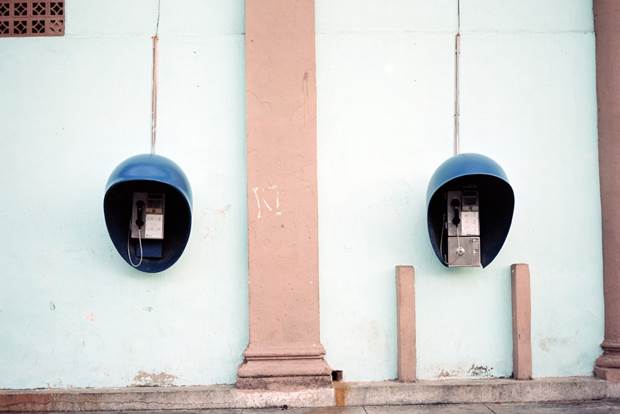
Firstly, please tell us a little bit about how you ended up in Cuba (and whereabouts!). We had the second consecutive winter of extreme polar vortex temperatures in Canada this year, and I decided at the last minute to escape to Cuba. The country has been in the news so much with the loosening of travel restrictions for Americans, and I thought it would be a unique moment in time to capture. It’s undoubtedly going to undergo major transformation with an influx of tourists and new access to imports/influences. I flew into Varadero, but spent the majority of my time in Havana.
What kind of house/apartment were you living in? Was it typical of the architecture in that area? In Havana I stayed in a Casa Particular (Cuban equivalent of Airbnb) in the Vedado neighbourhood. The owner of the house was an Italian antiques collector and the house has these really colourful rooms with dozens of antique clocks on the wall. It seemed fitting in a country that kind of feels like time has stopped. The architecture of the house was really palatial with high ceilings and 1920s-style patterned tiled floors. The neighbourhood wasn’t touristy like in Old Havana, but there’s so much beauty in the architecture and spaces all over that city that it feels arbitrary to even have a touristy part. It’s all so photogenic and awe-inspiring to look at.
What were you expecting of the country before you arrived, and how was it different? I had seen the quintessential images of old colourful cars and friendly musicians, and though you encounter that aspect of the place for sure, the place itself feels so much more complicated and layered than that. There’s a dimension that feels very nostalgic for another era, and it’s incredible to imagine what Havana would have been like at the height of its wealth from the sugar industry. More than anything, it has this almost pulsing visceral quality to it. There’s so much spirit and at times it can be abrasive but also really joyful. It’s the perfect antidote to the Canadian winter stranglehold.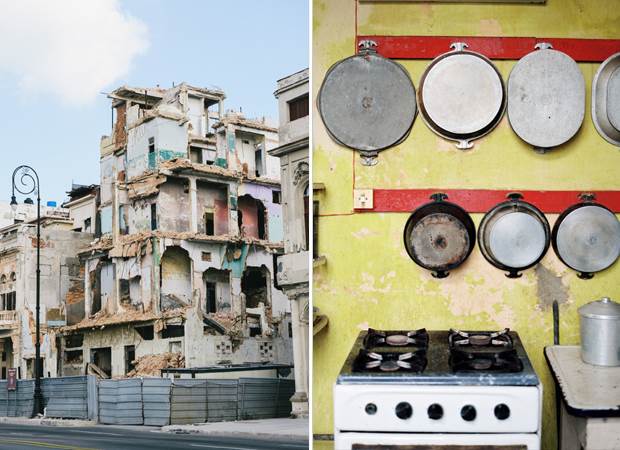
What album do you think would be the best soundtrack for walking around? In Havana I encountered TV stations that still play music videos all day… like how MTV/Much Music used to be. There was a local Havana musician I kept hearing called El Michon and his song was really infectious. Some other good local musicians for an exploring playlist are Kola Loka and Este Habana.
What was the local community like? Did you have any standout experiences? A friend of mine connected me with a local in Havana so I got in touch with him upon arrival. I had a list of things in my mind that I wanted to photograph – dancers, old theatres, interiors of people’s homes – and I thought maybe I would have a chance to shoot one of those things and be happy. He was really charismatic and seemed to know people everywhere we went, so he opened doors for me. I told him I wanted to photograph a ballerina from the Cuban ballet in an old shelled-out house or swimming pool, and he was like “no problem, let me make a call.” He told me that nothing happens with any advance planning in Cuba and everything happens on a day off, which is how it played out.
Tell us about the spaces and places you have photographed. My local friend also connected me with a widow who lived in a mansion – her husband had been a sugar baron and their home was built in the 1920s. It was a time capsule inside with so many wonderful vignettes – paintings, old books and typewriters, and as with most of the houses, amazing floor tiles and colour schemes. Probably the highlight was photographing a ballerina from the Cuban National Ballet in this building called the Paladar La Guardia. It was featured in the Cuban film Strawberries and Chocolate and is such an incredible space. There’s a restaurant on the top floor that’s quite well known and they hang their tablecloths out to dry on the second floor, which made a really cool backdrop for the ballerina.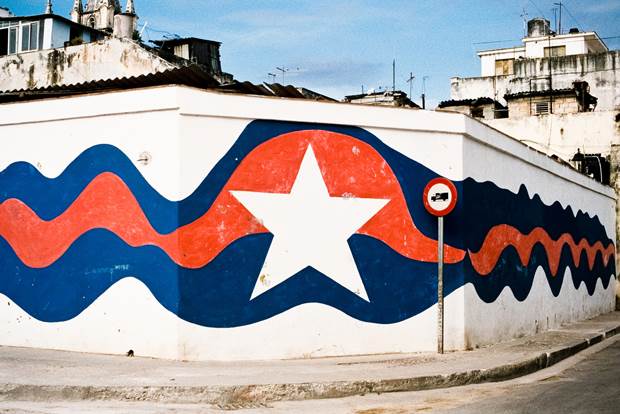
What did you try to capture in your shots? I wanted to capture images that gave a sense of how tactile the place is – there are so many incredible details and textures and colour pairings. As well, I used to dance so I’m always fascinated by that world as a subject and how universal the language is. It was amazing to see these incredible dancers performing in spaces that were on the brink of collapse.
Could you describe the colour and sounds of the city? It’s really difficult to do it justice, but I can understand why writers like Hemingway decided to live in Havana. It’s so rich with inspiration and colour therapy. There’s also a surreal quality to it – I wandered into a building one night that was virtually empty but there was the sound of music playing nearby and this beautiful majestic peacock just perched on a railing.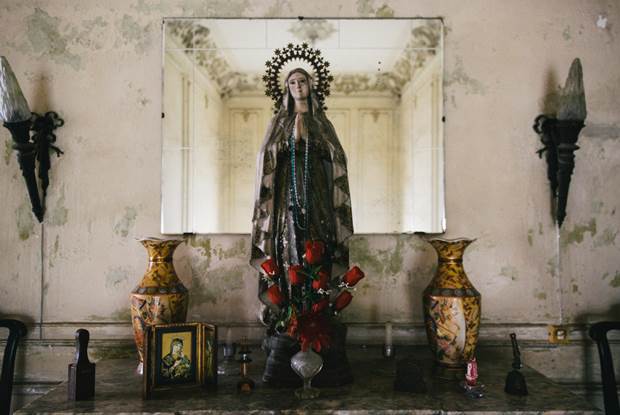
Do you plan on going back? I definitely would like to go back again. It would be great to shoot there every couple of years and document the changes. Next time I’d like to spend some time in the countryside. There are so many worlds within worlds there it would be really hard to get bored of that country.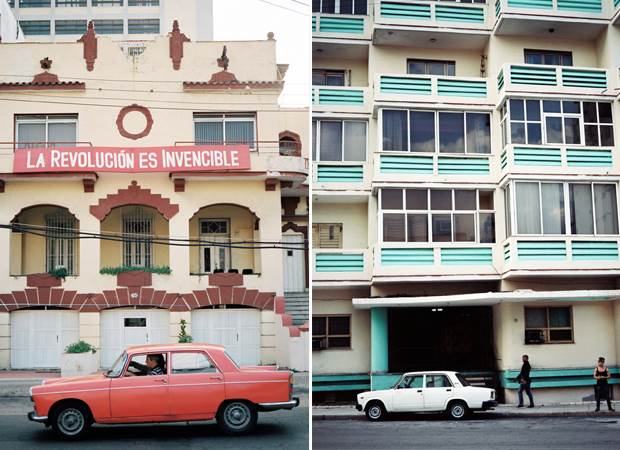




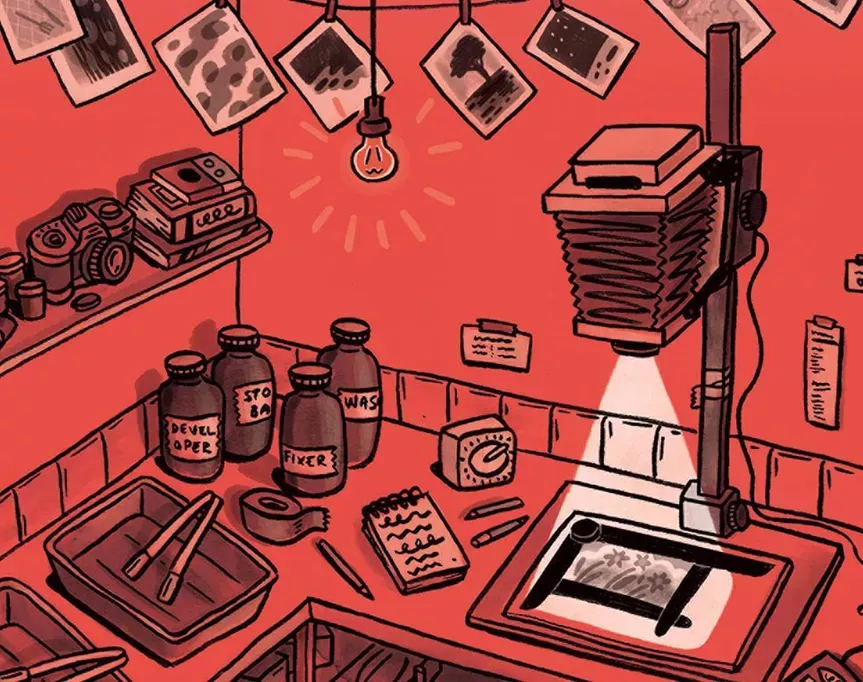
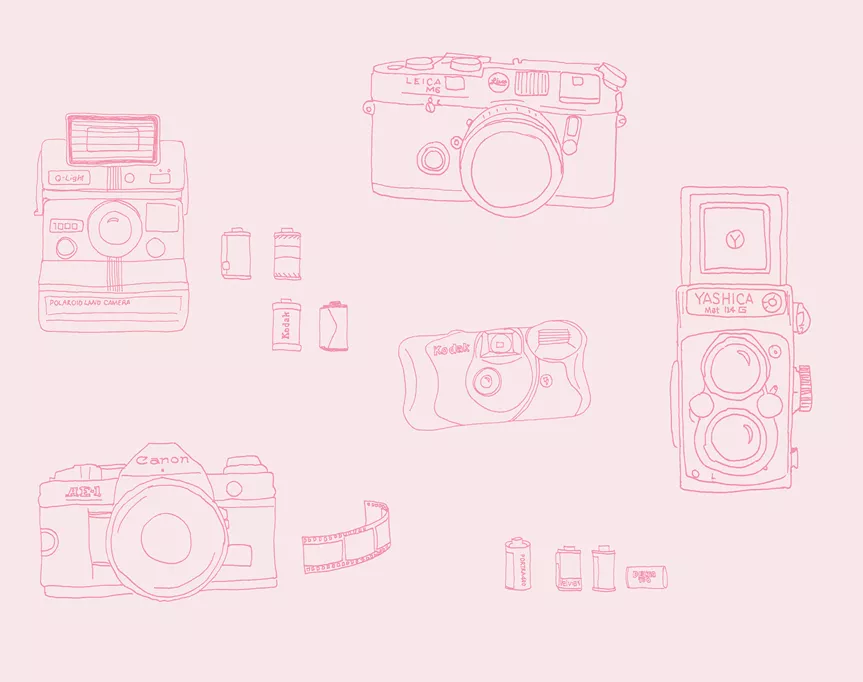








.jpg&q=80&w=316&c=1&s=1)













.jpg&q=80&w=316&c=1&s=1)










